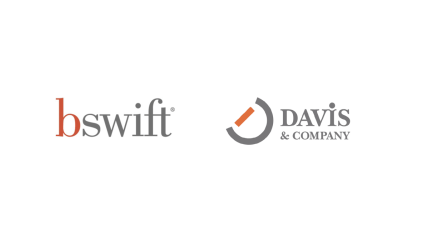
During a major change, you face a tough challenge: encouraging managers to communicate with their teams. And the degree of difficulty is even higher because you know that change calls for much more than an email. Ideally, managers should initiate in-person and, if possible, face-to-face communication with team members.
To set managers up for success, start by asking them what they need, using a qualitative assessment method like focus groups or interviews. Chances are, managers will request one or more of these tools:
1. FAQs
In our experience, an FAQ (frequently asked questions and answers) document is the resource managers prefer most. The key is to include the toughest questions so managers are ready any time team members approach them with a question.
Why it helps: Managers don’t have all the answers. If you provide comprehensive FAQs, managers will be more willing to have an open-door policy on the change topic.
2. One pager
Make it easy for managers to have everything they need by creating a one-page guide that contains all essential information: what is changing, when, why and how. This guide is especially useful for managers to use during one-on-one conversations.
Why it helps: It can be tough to start a conversation, especially on a topic that managers don't know a lot about. Providing a single resource helps managers jump start dialogue.
3. PowerPoint deck
Like it or not, PowerPoint is the go-to tool in most organizations. So to help managers communicate during team meetings, a short, simple, clear PowerPoint deck is essential.
Why it helps: Most managers meet with their teams on a regular basis to cover a variety of topics. Providing a PowerPoint helps put change on the meeting agenda, and encourages managers to talk about the issue with the entire team.




